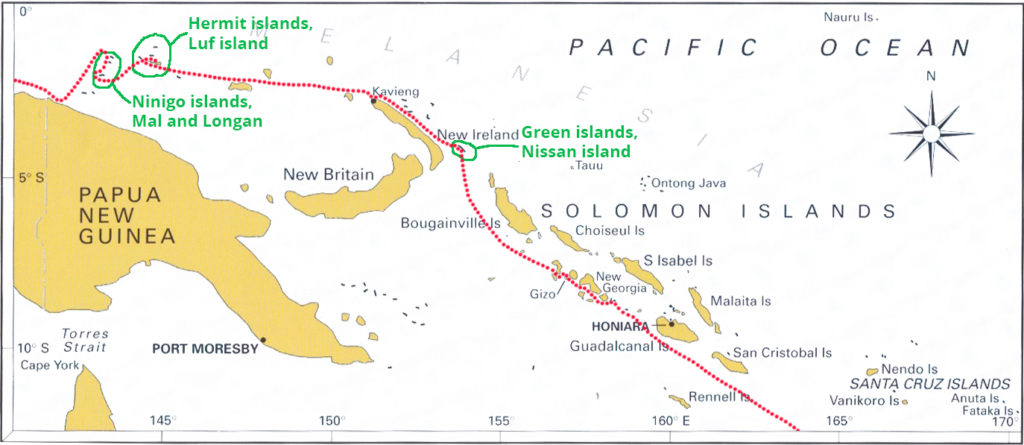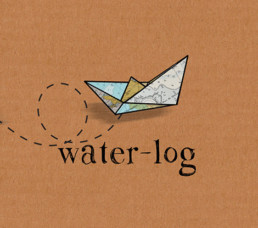The country of Papua New Guinea is a place that’s always conjured up images of the exotic for me. From the treehouse-building Korowai tribe, to the unusual Vogelkop bower bird and birds of paradise native to this land, PNG is a place that most of us only really encounter via David Attenborough programs. And though we would dearly love to travel the interior and explore Papuan mainland our journey is by boat so the highlights for us have been fairly far removed from the heartland of Papua New Guinea.
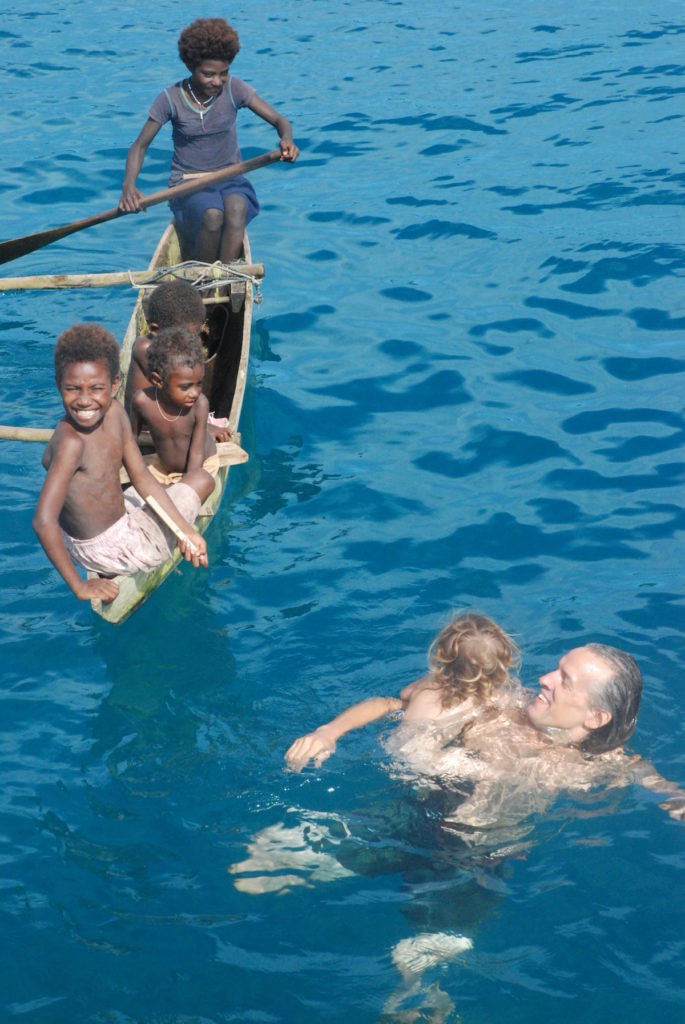
From the Solomons we planned to sailed north west, skirting Bouganville island and its notorious separatist movement, to make landfall at Nissan island, one of the Green island group. After a week or so there we cruised onwards to Kavieng, on New Ireland, and then waited on weather to continue westwards to two island groups that the worldwide cruising fleet can’t speak more highly of.
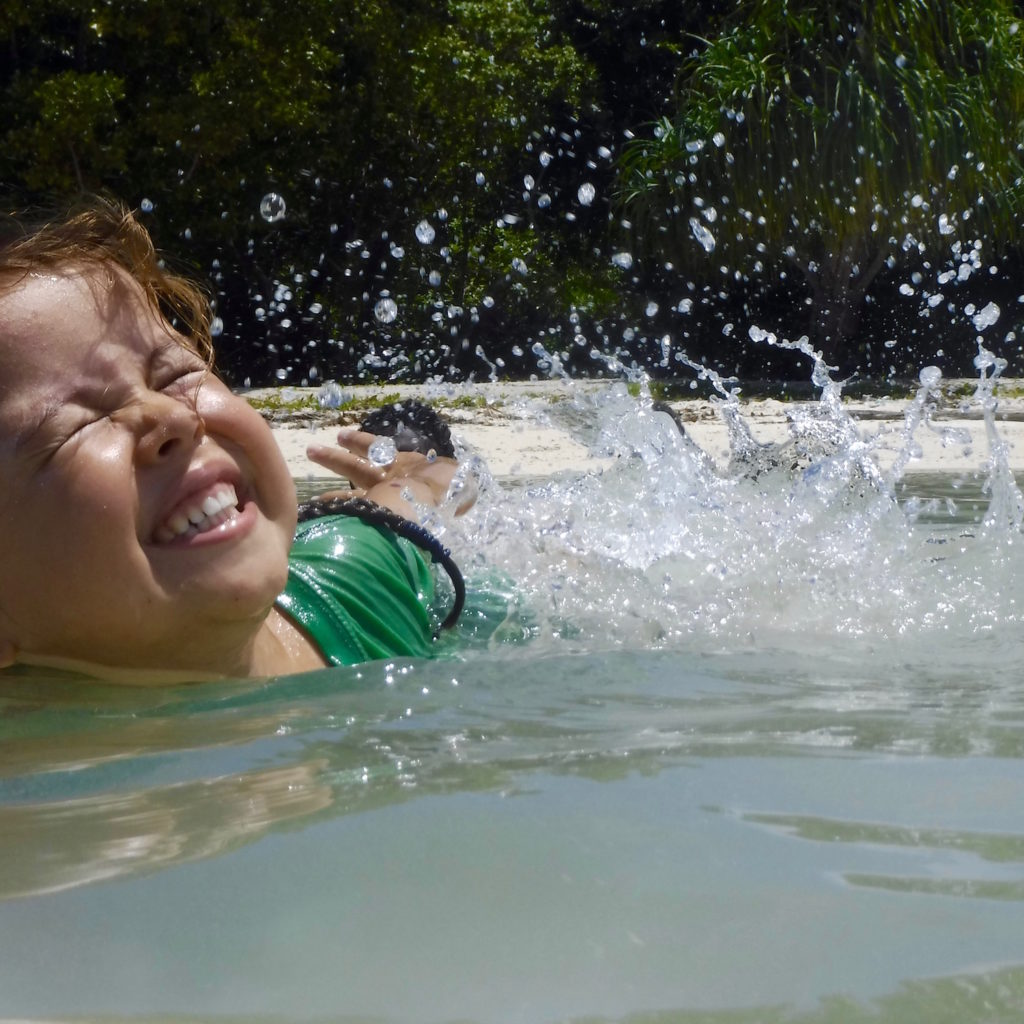
The Hermit islands and the Ninigo islands are two atoll groups that lie fairly isolated from the rest of PNG. They are seldom visited by anyone other than intrepid sailing yachts en route to or from Indonesia. These islands are sparsely populated, with no airports, and all goods come in and out via irregular cargo vessel stops or small, overloaded private open boats from the hubs of Lorengau, on Manus island, or Vanimo or Wewak on the Papuan mainland.
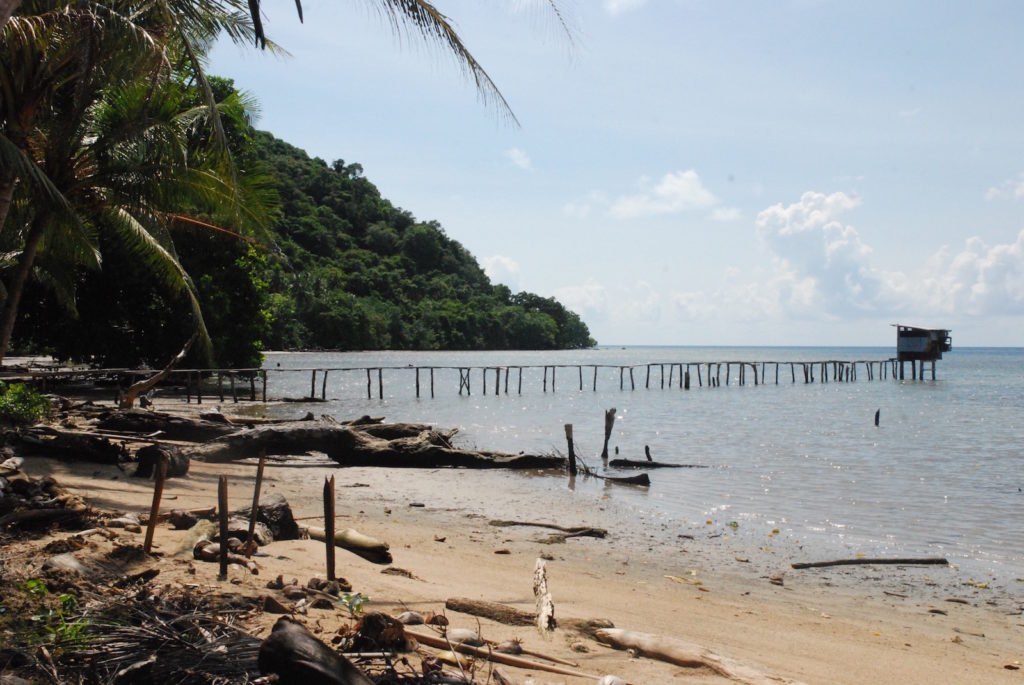
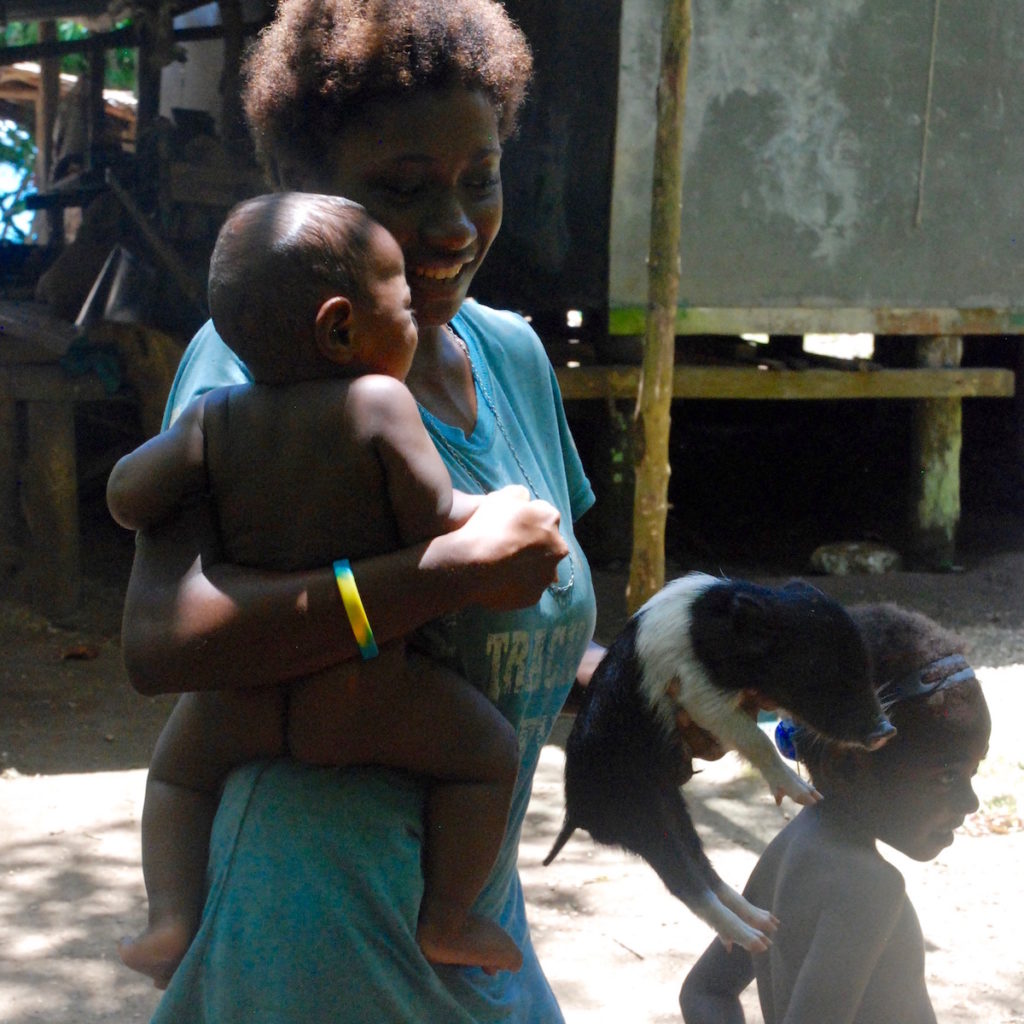
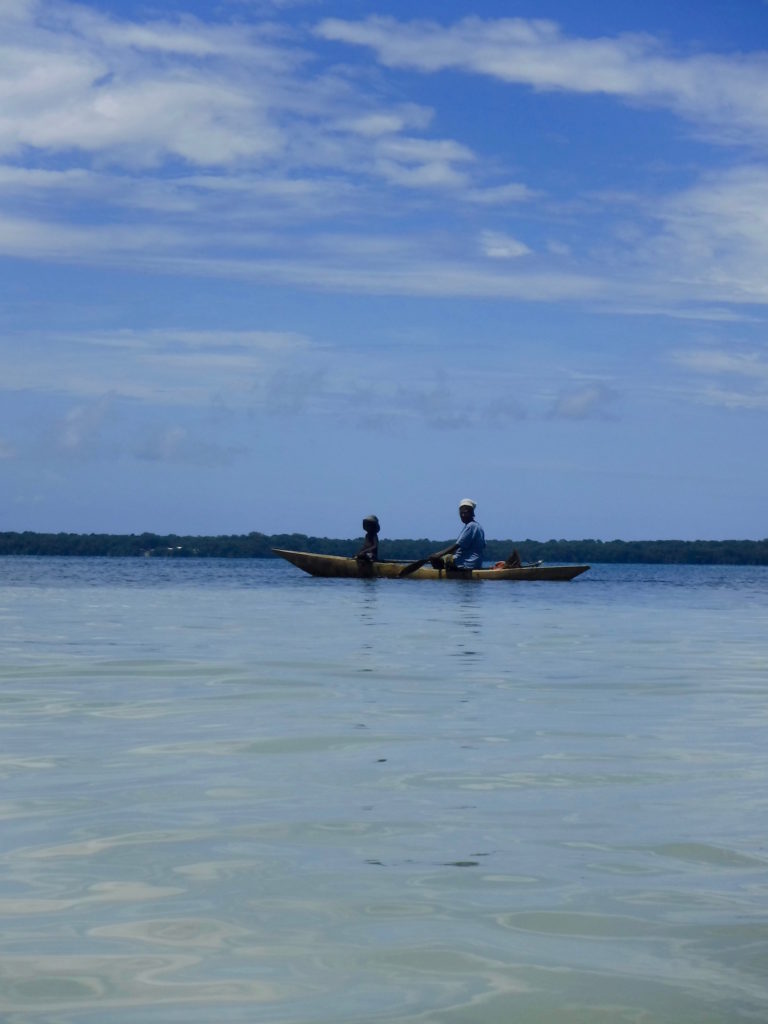
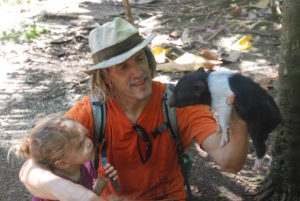
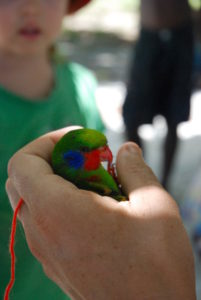
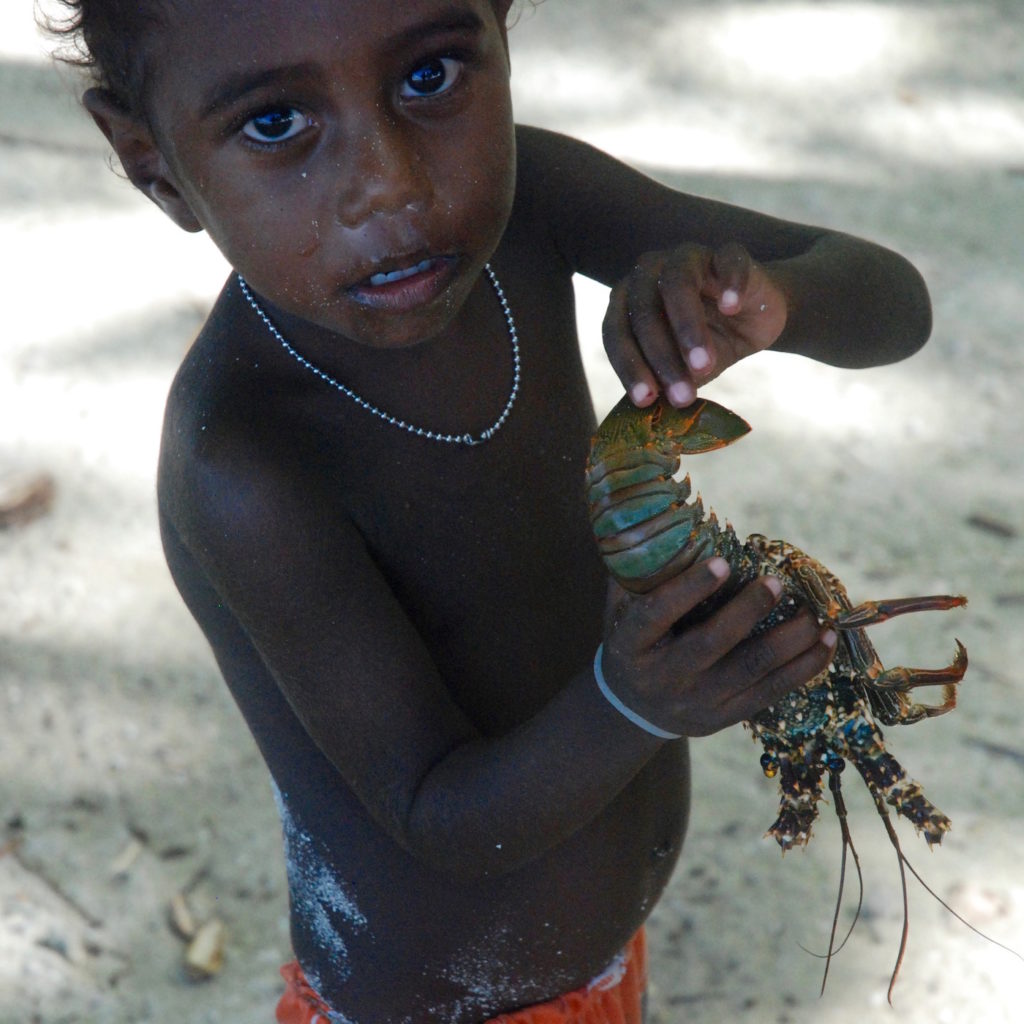
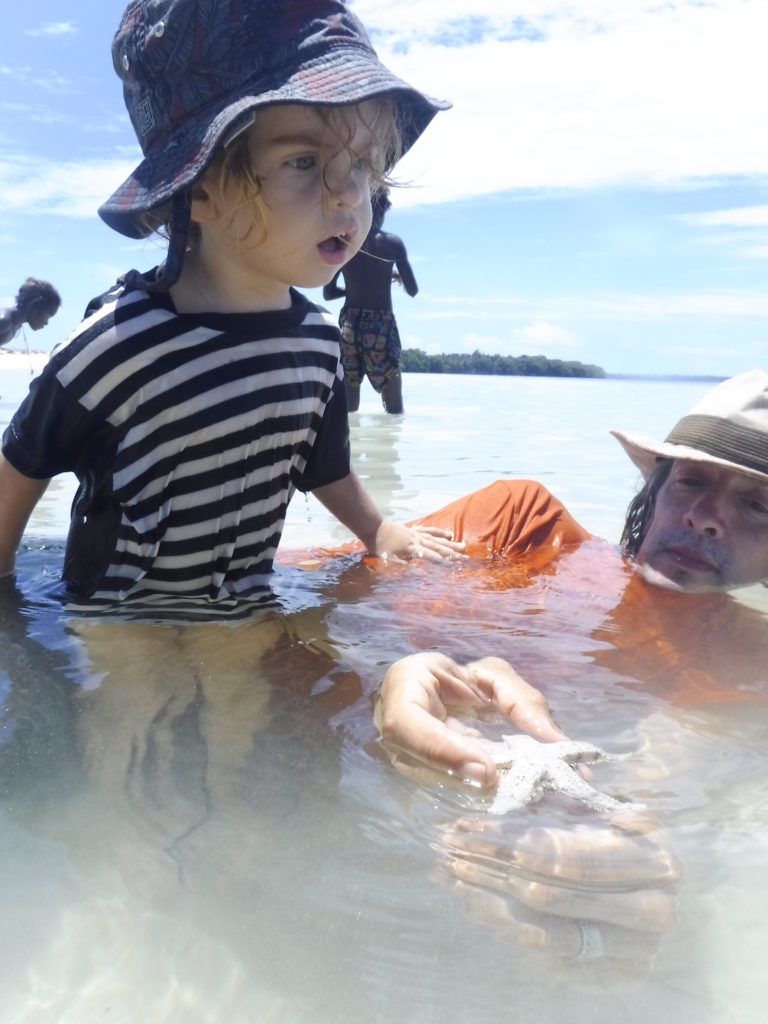
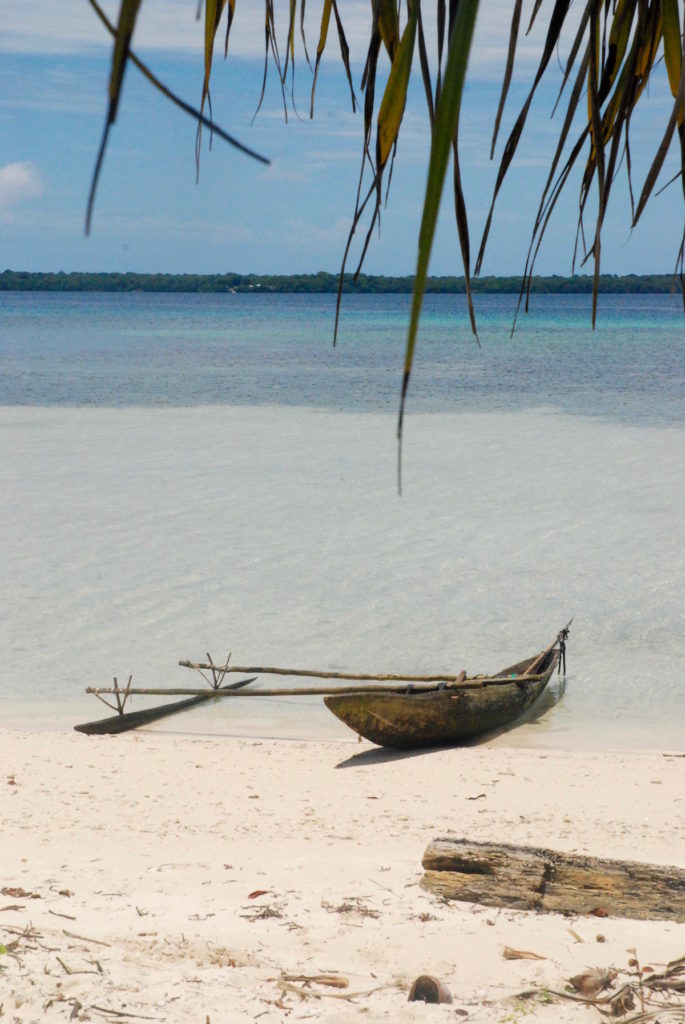
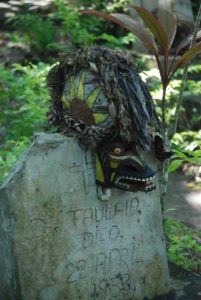
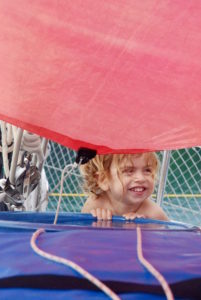
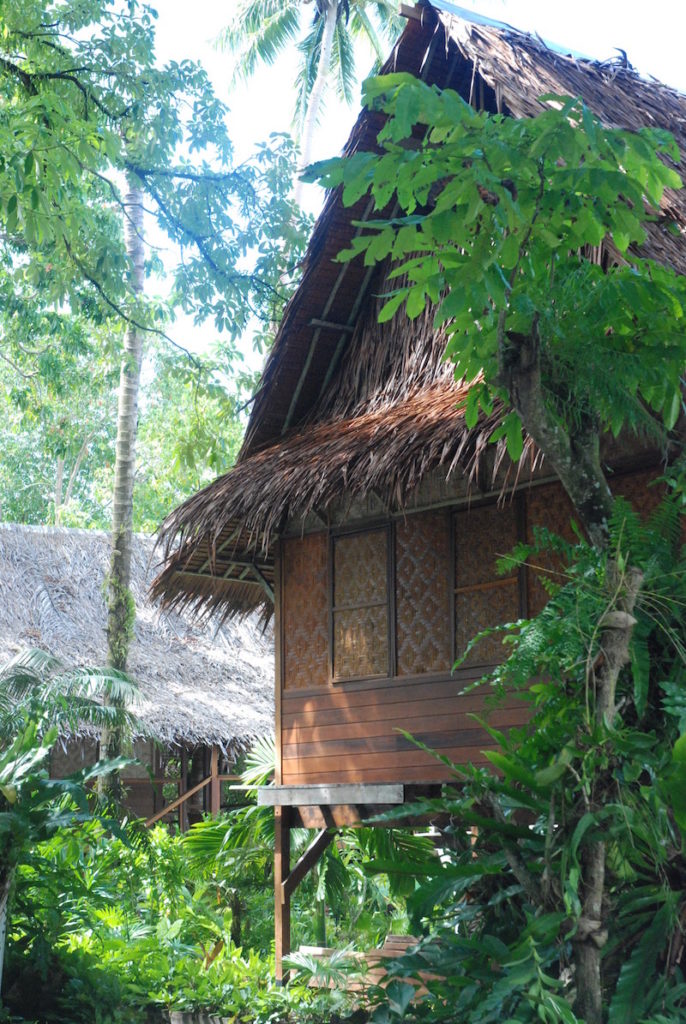
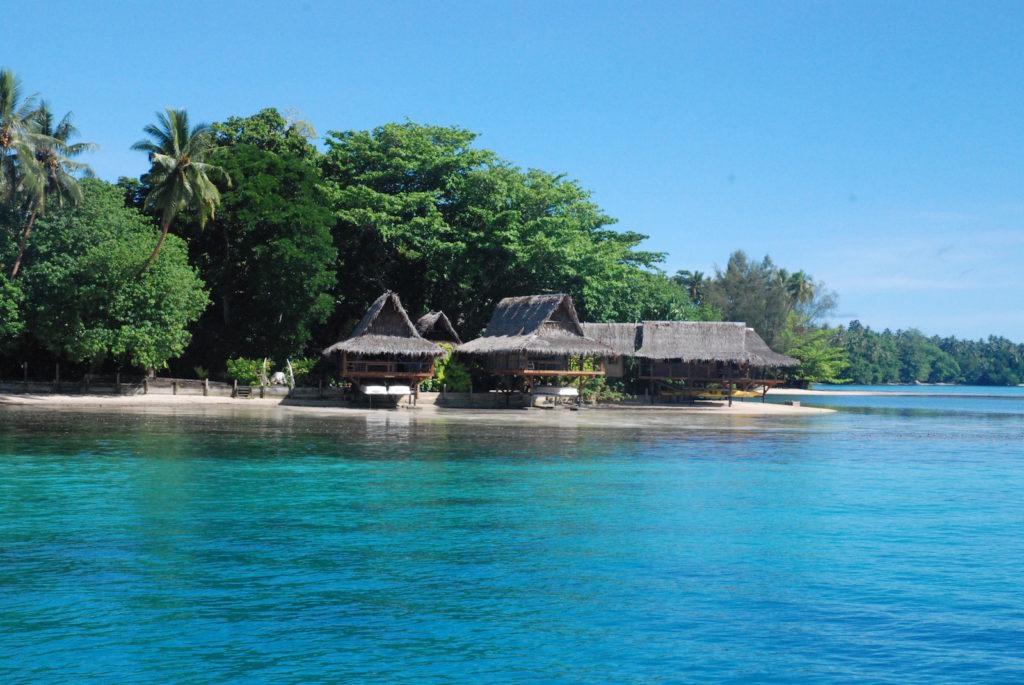
Cruising boat traffic, however, is on the up, as visiting yachts have so enjoyed their stopovers along this island chain that they consistently wax lyrical about their experiences there on sailing sites like Noonsite as well as other cruising portals. Each island, village or even family has their own visitor book that they encourage sailors to write in and contribute to and the succession of positive stories continues within their pages.
So, what’s so great about the Hermits and the Ninigos?
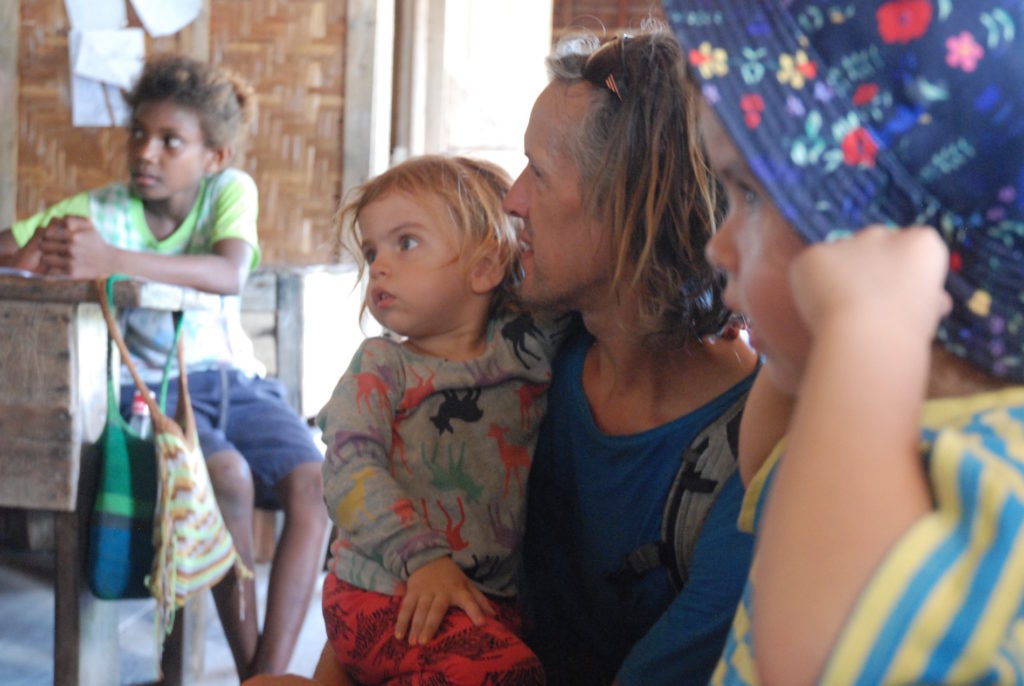
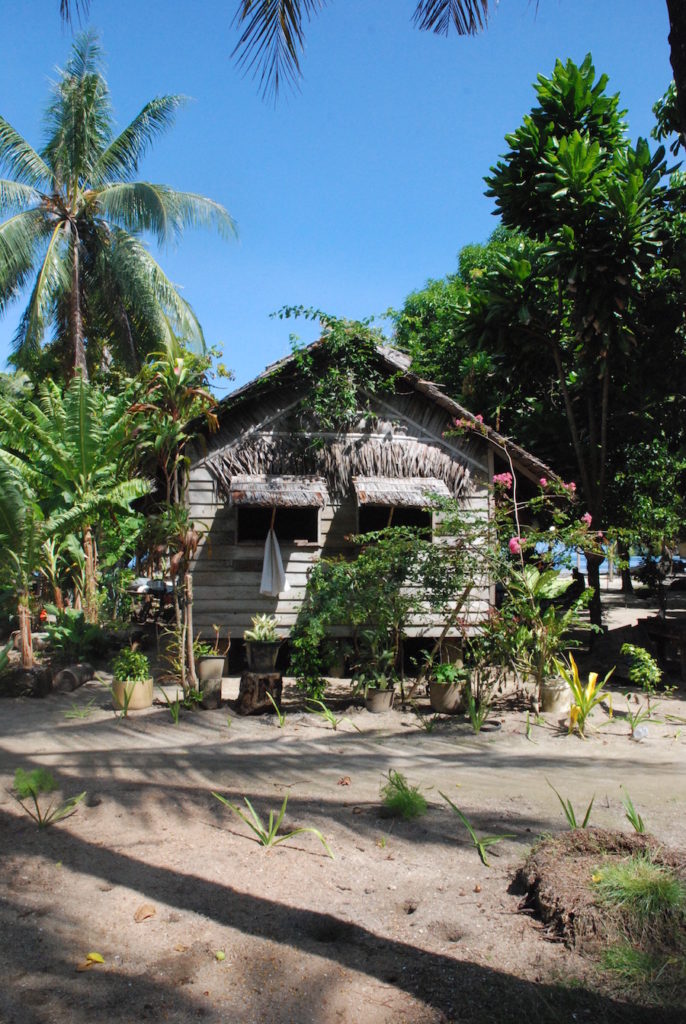
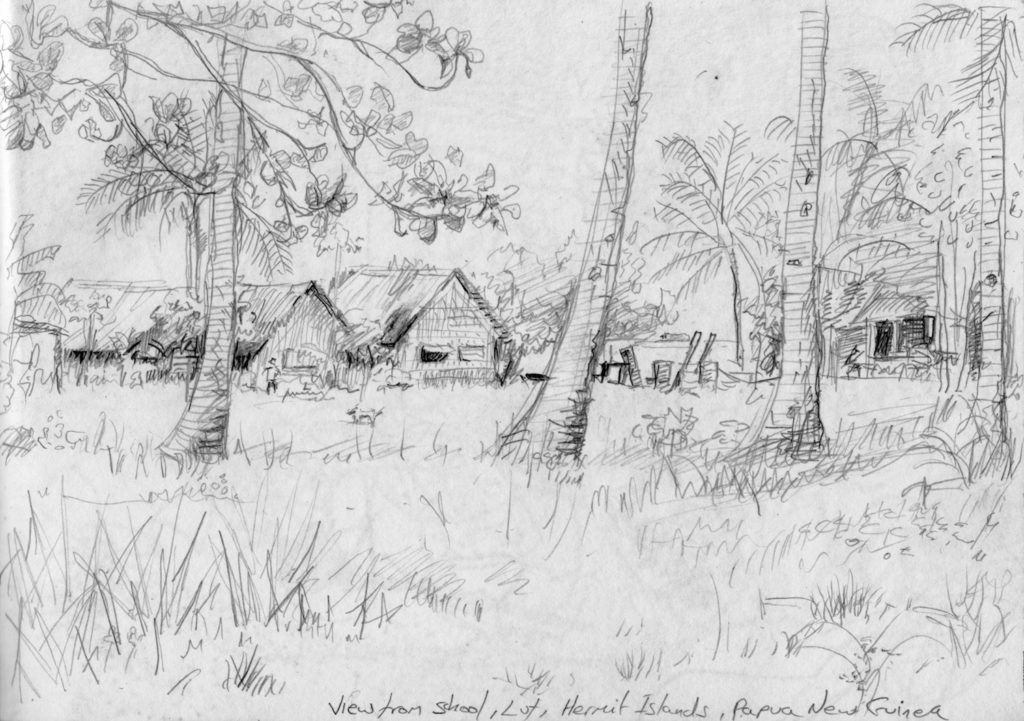
Well, the easiest answer is that life is simple there. The people are kind, friendly and gentle. They canoe past everyday, offering to trade fruits, vegetables, fish and seafood. They’re interested in the boat and like to swap stories and visit on board but they are also respectful of our space. We’re not bombarded by visitors as soon as we drop anchor and often people drop by with gifts with no trading agenda whatsoever. These gifts range from fresh pineapples and crayfish to straw hats and shell necklaces and even a hand carved shark and canoe. Our gifts, in return, are all items that are hard to come by in such remote places: used clothes and books, sugar and rice, soap, matches, clothes pegs and fishhooks.
We’re invited to feasts, sung welcome songs and thrown farewell parties when it’s time to move on. We’re included and become involved in a way that’s only possible in a small community. Our children play together while we teach the islanders how to make flatbreads and pancakes in exchange for lessons in cooking with sago and cassava. The tiny island schools encourage us to speak to their classes and share the tales of our travels so far. They ask us about England, about the sea, about storms and about forecasting. They ask how we are able to do what we do for as long as we have and when will it come to an end. Everywhere we walk ashore we are trailed by shy, grinning children. They are eager to befriend our kids, to touch their hands, stroke their faces, to play with them and try to make them laugh.
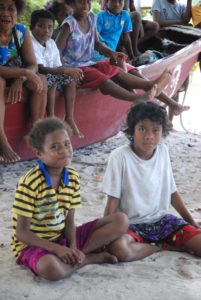
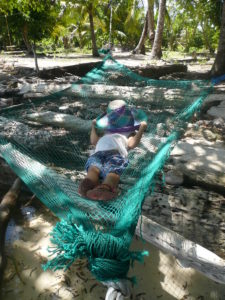
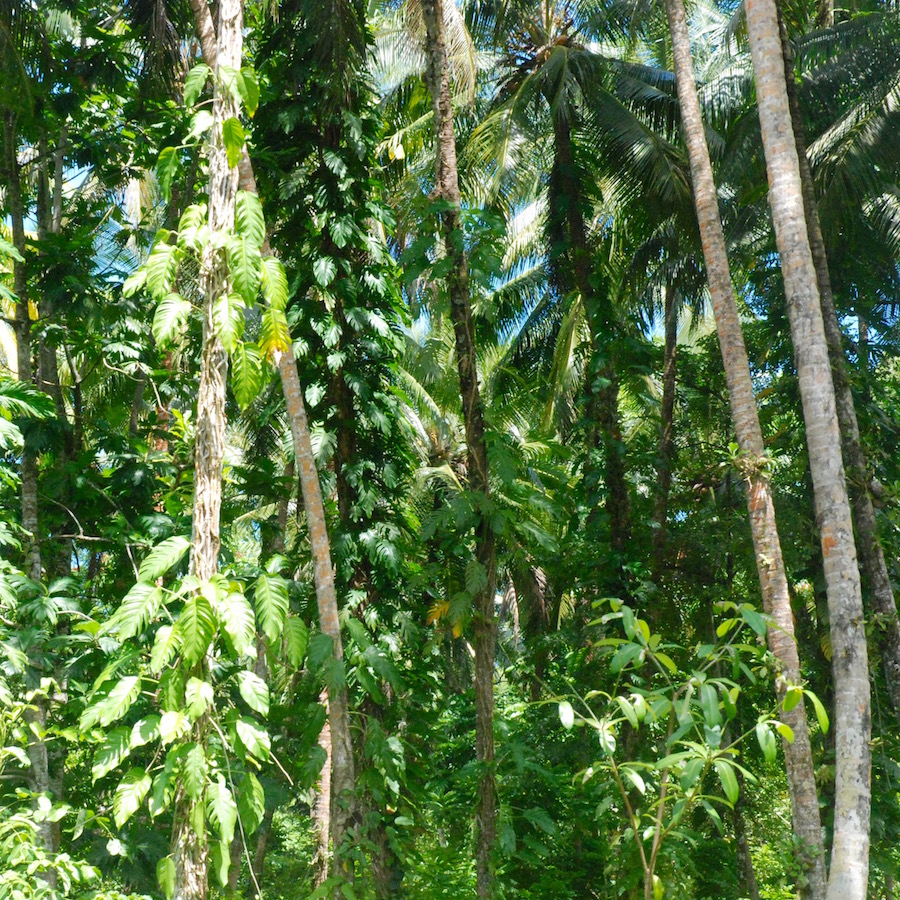
As outsiders we’re considered experts on all manner of subjects and are approached for our help and skills in fixing computers, GPSs and winches. We also get requests for medicines and, to an extent, medical care as well. Our first day at Longan island, in the Ninigos, sees us inviting a man onboard who has recently cut one of his toes off with a chainsaw, in order to treat him with painkillers and properly clean and dress the wound. There is a health centre on Mal island, 12 miles to the south within the same atoll, but the nearest hospital is a minimum 6 hour open boat ride away in Wewak, and the weather isn’t allowing for such a trip.
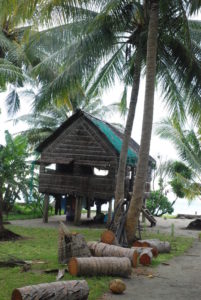
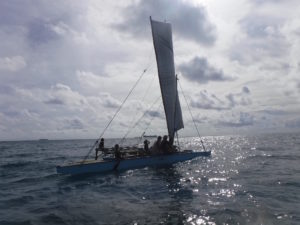
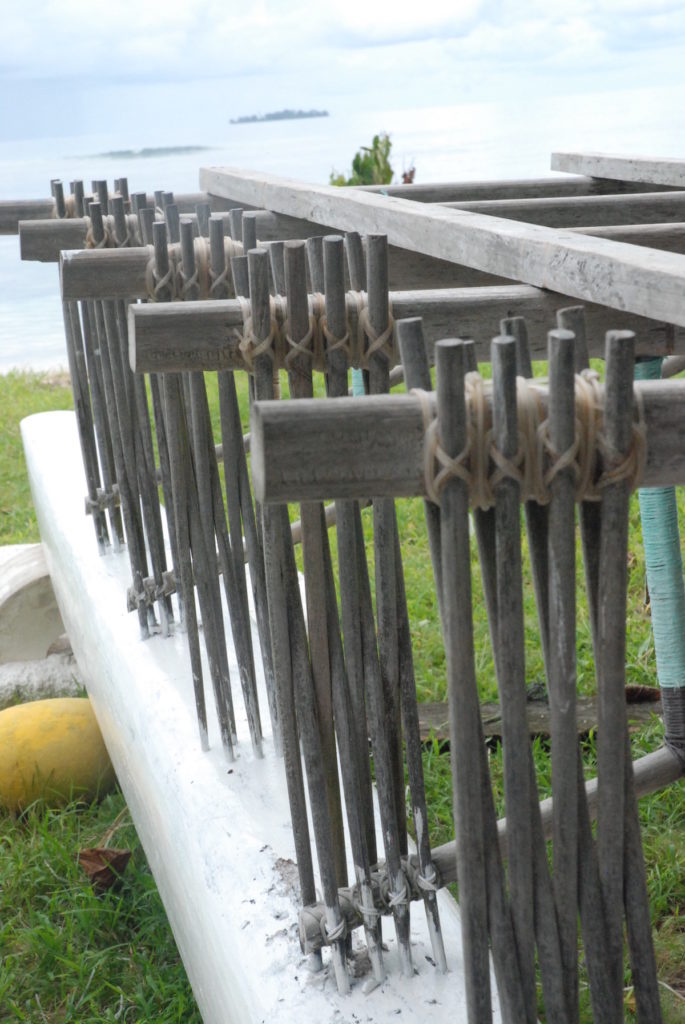
The islands offer a us a chance to stop, take stock and relax. Time becomes a bit more fluid and our days are easily spent pottering through boat jobs, reading, playing in the water or filled with social activities if we choose them to be.
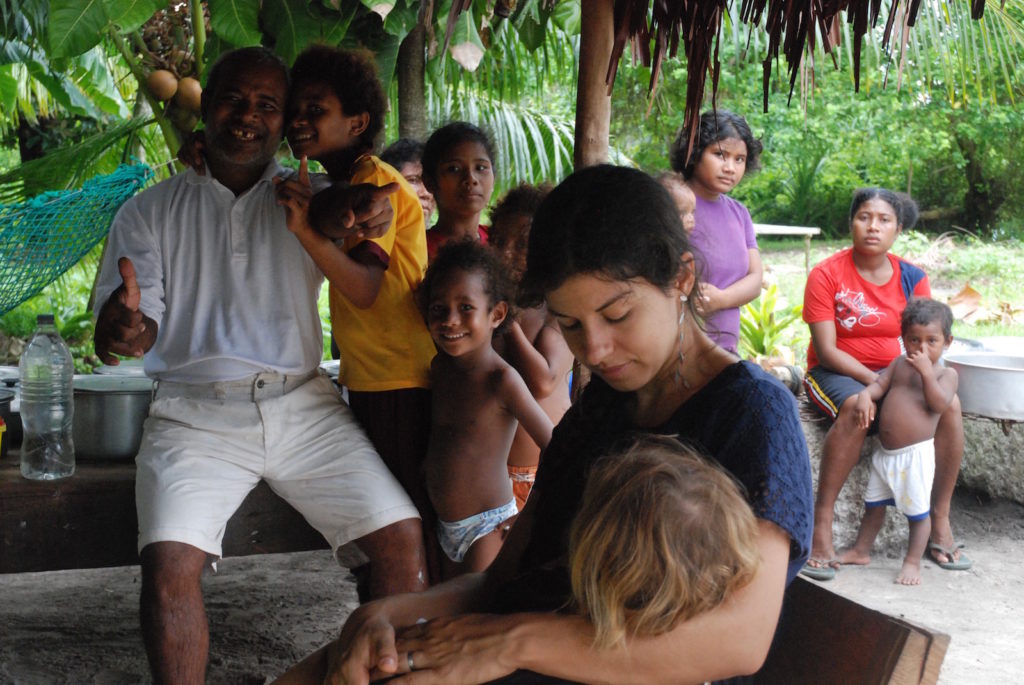
But all too soon the call of the winds and the advancing of the seasons is a murmuring voice that we can no longer ignore. The clock is ticking to make that last push westwards from the South Pacific and onto South East Asia. It’s always hard to disentangle yourself from a community that you’ve grown to care for a feel part of, even if only for a short while, and it takes a lot of effort to finally wrench ourselves away.
